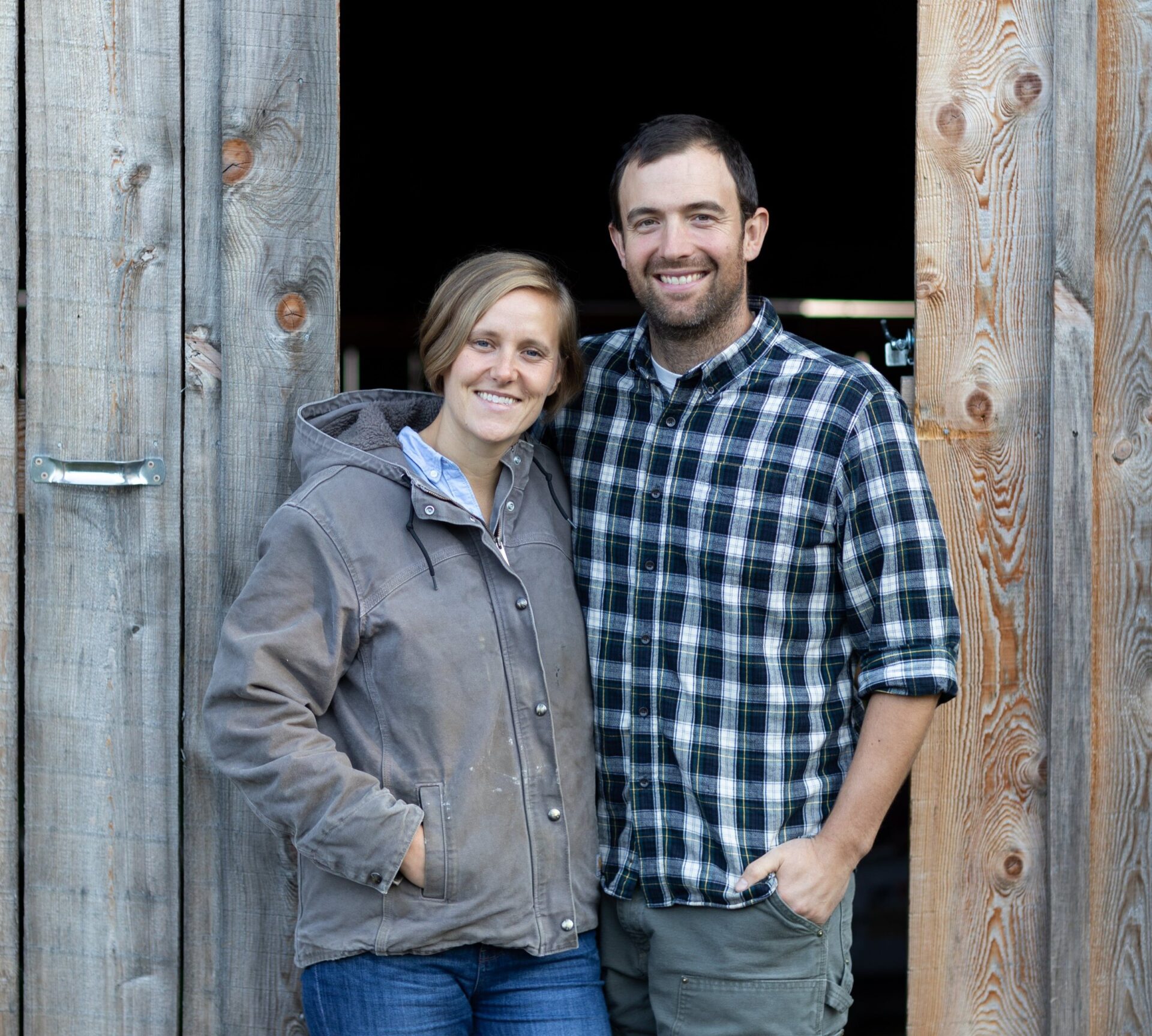We’ve been meditating on this one organic farming principle a lot over the past few years. And while it may not seem like the most interesting newsletter topic, it’s about as important as important it gets. So, here it goes.
In order to grow really exceptional food, we need to have extraordinarily healthy soils. For us, this looks like rich well-draining soil that can serve as the perfect base for a healthy variety of vegetative species on top that are well-balanced for the animals to graze. This sounds simple enough, right?
Here’s where it gets tricky, though. How do we build vibrant soils? What do we need to do more of or less of to make sure the soil stays rich and nutrient-dense for the next 5, 10, 20 years and beyond?
If you’re thinking the solution is manure you’re only partially right. It’s true that manure (especially from our certified organic animals) really is the world’s best soil fertilizer. There are no chemicals or antibiotics. And with the way we rotationally graze the animals, the animals spread it themselves. So, there’s no shoveling or tractor work involved!
But, too much fertilization can actually be a serious problem. Even on small farms like ours without a high density of animals, if manure builds up in any one area (not just from one season, but also year-to-year), we could see the growth of undesirable plants. And over time, this could cause poor animal health and groundwater contamination.
We certainly haven’t cracked the code. Finding this delicate balance between the nutrition going into the soil (manure), and the nutrition coming out of the soil (food) is actually quite complicated.
But I can say that with each year that goes by, our pastures are looking better and better. And that we’re seeing that our animals are absolutely thriving as a result. So here are 3 strategies we’re employing this season to keep us moving in the right direction….
1. We sought out mentorship from organic farming experts Klaas and Mary-Howell at Lakeview Organic Grain and are planting more pasture varieties this year that are especially good at drawing nutrients up out of the soil and will reduce the amount of grain we buy into the farm.
2. We’re rotating the animals through the pastures even more frequently. We’ll move the pigs onto fresh pasture twice a week (instead of once) and we’ll keep moving the laying hens at least every week. This is more work, for sure, but it keeps the animals happy and will further minimize the risk of overloading any one area.
3. We’re growing something new this year so we can draw even more nutrients out of the soil….winter squash! I can’t say how this one will go (it’s definitely an experiment!), but we’re hoping to have a stash of squash for the pigs (it’s great for their digestive health) and another stash for Thanksgiving Turkey pickup this year.
Well, that was a deep dive into some of our organic farming practices! Thanks for sticking with me! My hope is that by drawing back the curtain, you can see how we’re working to fulfill our mission to be good stewards of this land every day.
Your Farmers,
Jenney & Greg
